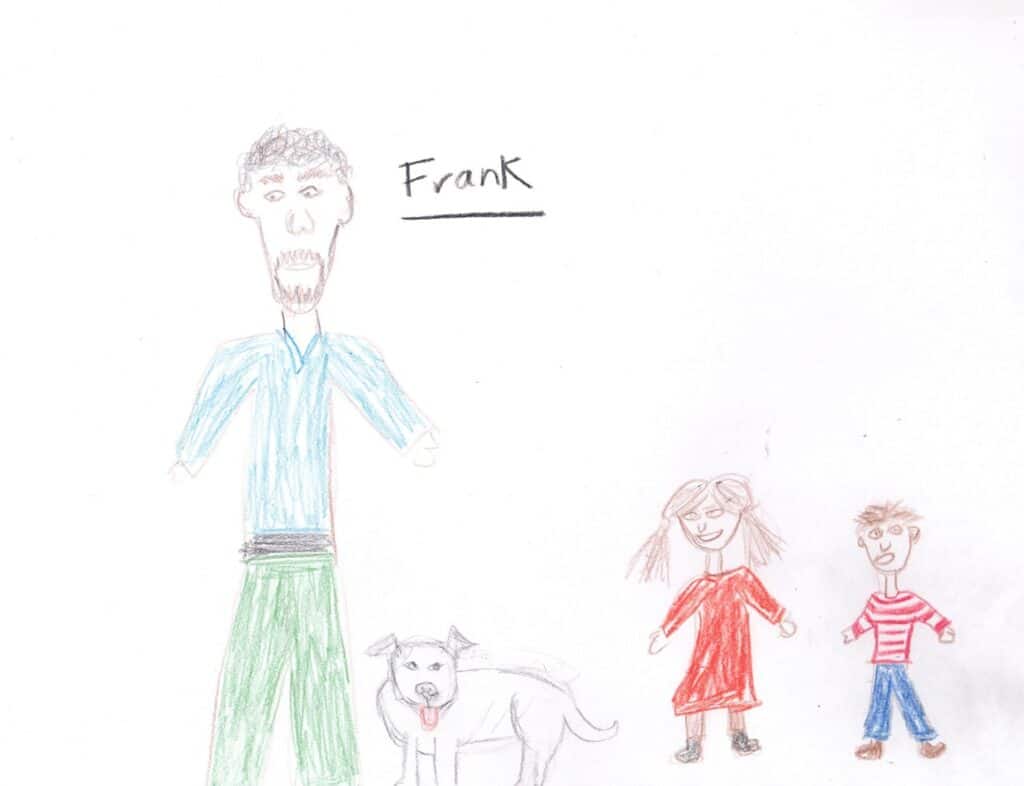Every water system communicates with stakeholders. Would you like to see your community value water more? Perhaps you are raising your rates? Or are you seeking support from local leaders such as elected officials or agency leaders for overdue infrastructure projects?
No matter what your communication goals—increasing awareness, eliciting support, or changing people’s behavior—your chance of succeeding is considerably higher when you design your communications around your audience. You can’t influence people or change their minds if you aren’t putting them first. Before engaging stakeholders, and even before considering how or what you want to communicate, you need to first think about who your audience is. You need to understand your audience deeply, so that whatever and however you communicate, you will capture and hold their attention. Before sending bill inserts, post on social media, or talk with elected officials, you need to first think about who the person is that you want to reach.
One way to understand your audience is by creating a fictional representation of that audience, called a “Persona.” When you create a Persona, you imagine into who our audience is to further reveal what is important to them, what are their goals, and what challenges or barriers they face. When this is done effectively, you can then return to your original proposed communications with a different perspective, ensuring that your communication will be of benefit to to your target audience. The ultimate communication goal is to show that any change you are seeking is mutually beneficial.
Below is an example of a Persona created by a local agency that had identified bacterial pollution from pet waste as a root cause to water quality issues. Through facilitated training, EFCWest guided participants through an interactive group exercise, answering key questions about the community members whose behavior they hope to change.
EFCWest’s Community Outreach Exercise
- Demographics: Age, gender, education, work, living arrangement
This fictional person is a 33-year-old male, who has an Associate’s degree from a community college in manufacturing. He works as a machinist. He has two children ages 5 and 7. He has a pit-mix rescue dog. He lives in a modest house with a yard. (After answering the questions, you name the Persona you have created and draw a picture-see image below.)
- How do they spend their non-working time?
Frank is busy as a single Dad with two kids, working hard full time. What little free time he does have is spent helping kids with homework, feeding them, getting them to bed, and getting them to/from school. He also takes care of the house and household, making car and home repairs. When his ex-wife has the children, he likes to play video games.
- What is important to them?
His kids are #1. He just tries to get through the day with enough energy remaining to care for his children and enjoy time with them.
- What are their needs/desires?
Spending as much time as possible with his kids. Everyone needs to stay healthy. Medical appointments or illness require unexpected time, money and stress. Vet appointments and bills are a particular hardship.
- What are the barriers to this person meeting their needs?
He loves the dog, and it is good company for the children, but he doesn’t have time to walk it. The pet waste in the yard is not picked up, and it’s a filthy, unhealthy mess in the rain. In nice weather, the kids play in the yard with the dog, and this could be making kids sick.
- How can you help them overcome those barriers and achieve their goals?
Help Frank adopt a routine of picking up waste frequently, so it doesn’t become such a burden. Provide education/marketing materials on the health impacts of dog waste and children. Game-ify picking up waste. Show pictures of kids playing in a clean yard, Dad happily relaxing in the background.
Next Steps
The next step in a similar communications training would be to develop a message campaign for the Persona you have created. To develop an effective message campaign, we generate specific language and images that you will use that will resonate with your Persona and help them to respond in the way you hope. You also develop the methods you will use to get the message out that will ensure your message reaches your target audience.
Contact us if you are interested in training or technical assistance on communications.

